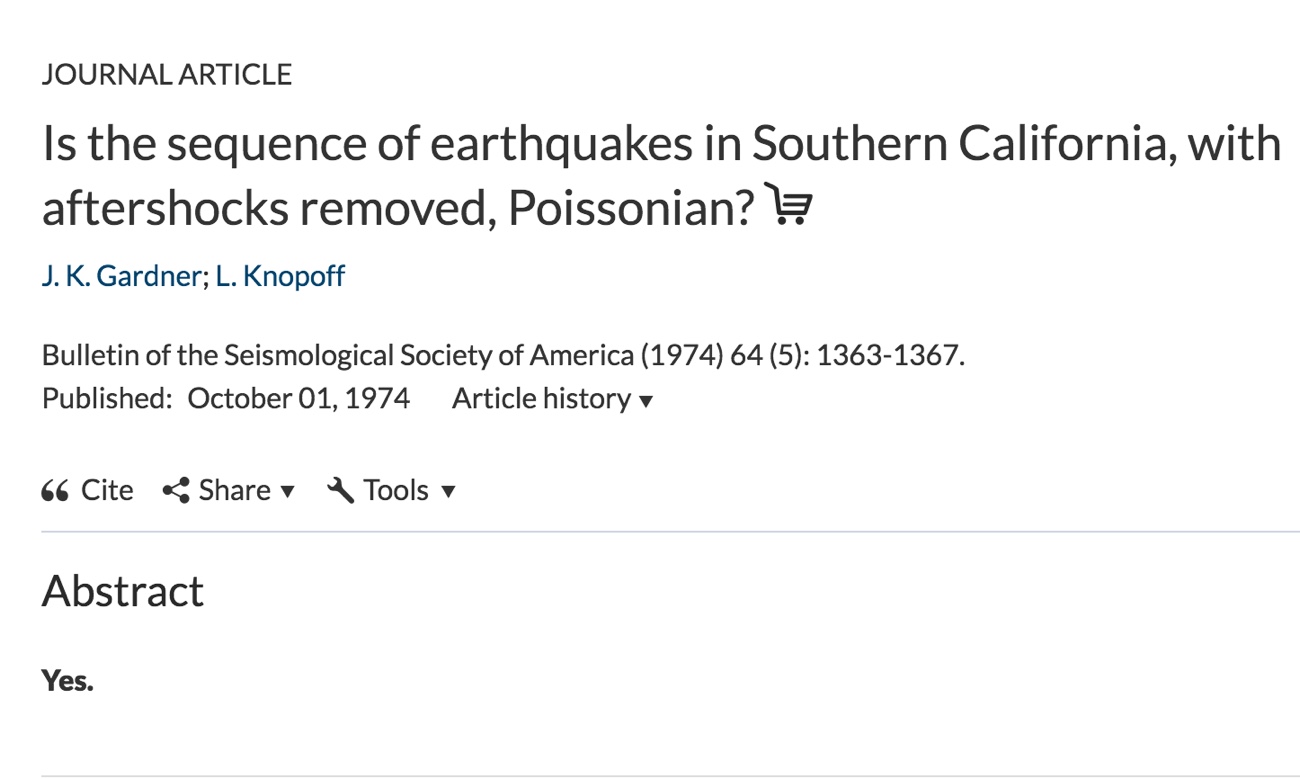
Michael Berry alerts us to his own favorite abstract, which is seven words long.
CAN APPARENT SUPERLUMINAL NEUTRINO SPEEDS BE EXPLAINED UPDATE
The 2006 Ig Nobel Prize for Literature was awarded to Daniel Oppenheimer for his report “ Consequences of Erudite Vernacular Utilized Irrespective of Necessity: Problems with Using Long Words Needlessly.” UPDATE An Ig Nobel Tradition of Paying Attention to Words The 2000 Ig Nobel Prize for physics was awarded to Andre Geim and Michael Berry, for using magnets to levitate a frog. That paper is: “ Can apparent superluminal neutrino speeds be explained as a quantum weak measurement?“, M.V.


An Earlier, Longer Abstract From Another Ig WinnerĪ few years ago, Michael Berry, himself an Ig Nobel Physics Prize winner, co-authored a paper that has what some people called “the best abstract ever.” 2011/10 The abstract reads in its entirety: 'Probably not. The 2012 Ig Nobel Prize for physics was awarded to Joseph Keller, Raymond Goldstein, Patrick Warren, and Robin Ball, for calculating the balance of forces that shape and move the hair in a human ponytail. Apparent Superluminal Muon-neutrino Velocity as a Manifestation of Weak Value by Shogo Tanimura 2011/10 Can apparent superluminal neutrino speeds be explained as a quantum weak measurement by M.

Goldstein is in the Department of Applied Mathematics and Theoretical Physics, Centre for Mathematical Sciences, University of Cambridge, UK. The paper is: “ Are Theoretical Results ‘Results’?” Raymond E. Ig Nobel Prize winner Ray Goldstein is receiving compliments for his newly published biophysics paper-because the paper’s entire abstract is one (1) word in length.


 0 kommentar(er)
0 kommentar(er)
